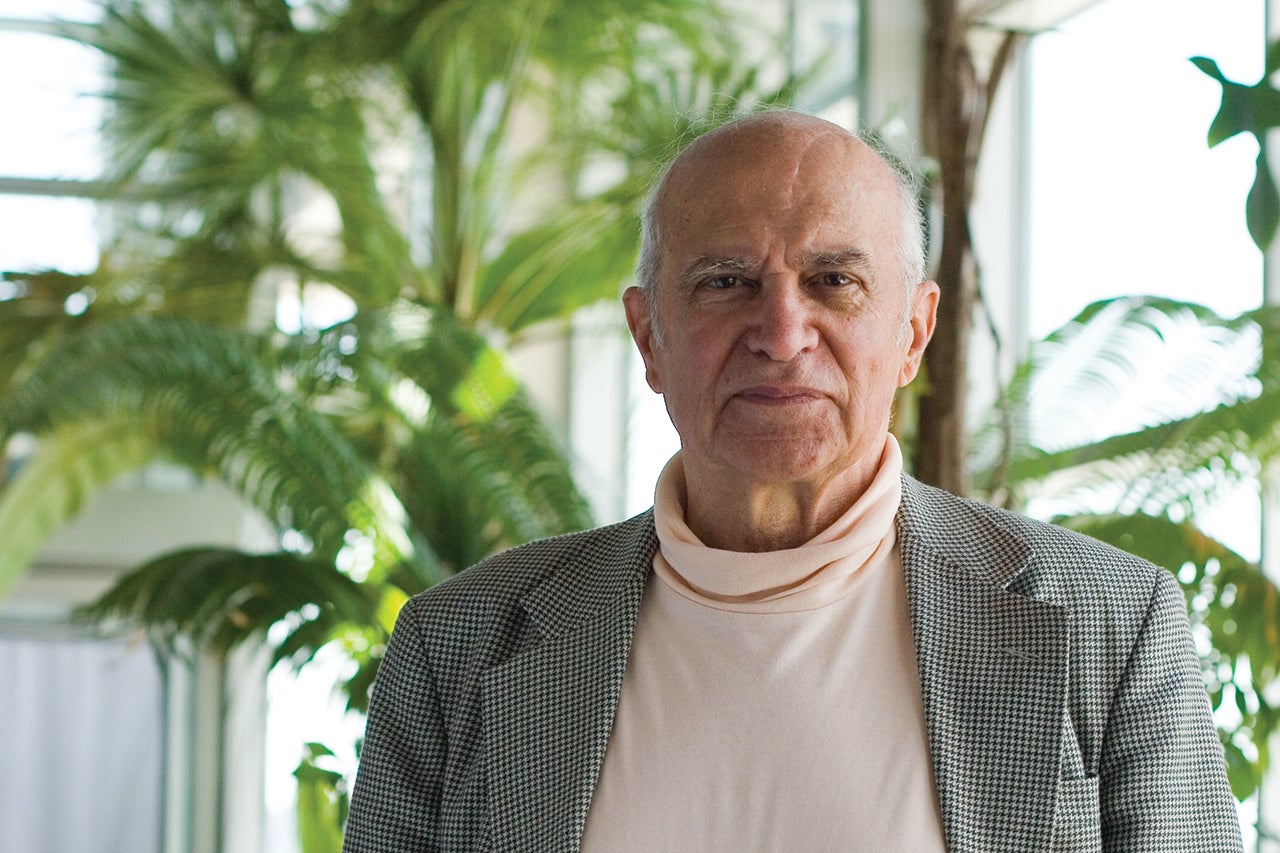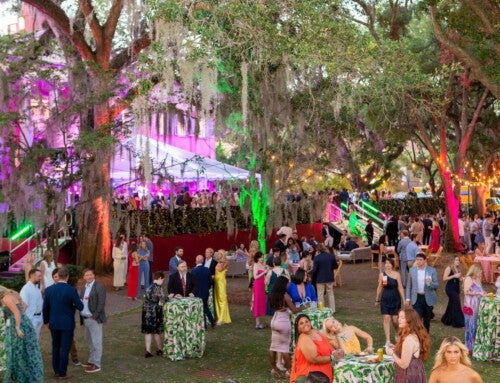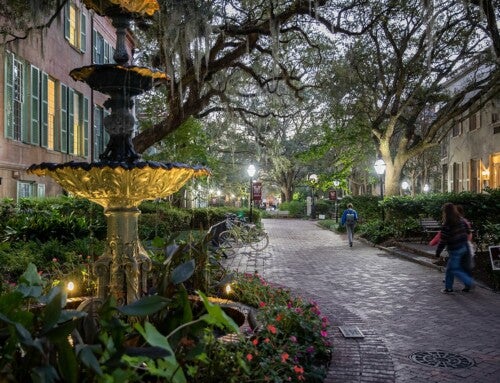George Rabb ’51, the College of Charleston alumnus who served as the director of Chicago’s Brookfield Zoo for nearly three decades and became one of the most influential wildlife conservation advocates in the country, passed away Thursday after battling a brief illness, according to the organization that runs the zoo. He was 87.

George Rabb before his retirement in 2006. (Image by Loren Bridges Germeroth ’04)
Rabb, a Charleston native who studied biology at the College, went on to earn his masters and doctorate degrees from the University of Michigan before taking a job at the Chicago Zoological Society, which manages Brookfield Zoo. He worked there for more than 50 years, transforming the zoo into a successful model of wildlife conservation. Rabb retired in 2004 as the president emeritus of the organization.
“We are saddened by the passing of George Rabb, one of our most distinguished alumni at the College of Charleston,” says College of Charleston President Glenn F. McConnell ’69. “A true pioneer in sustainability, conservation and zoology, George nurtured his love of the outdoors and nature growing up and exploring his beloved Lowcountry. He will be greatly missed.”
A herpetologist by trade, Rabb began his career at the zoo in 1956 as a research curator, and was one of the first Ph.D. recipients to work full time at an American zoo. He ascended to the directorship in 1976 and was instrumental in placing greater emphasis on education and conservation at the zoo. Animal habitats also took on a more naturalistic and immersive appearance during his tenure, and his work led to the establishment of the Chicago Zoological Society’s Center for the Science of Animal Care and Welfare and the Center for Conservation Leadership.
“Dr. George Rabb leaves a deep legacy and lasting impact on the zoo world and the field of conservation,” says Stuart Strahl, the president and CEO of the Chicago Zoological Society. “He will be best remembered for his caring ethic; his deep concern and advocacy for animals, people, and the environment; and his unwavering energy and commitment to making a difference for the natural world. His impact is far-reaching and can best be measured by his lifetime of accomplishments, the thousands of individuals he inspired to pursue conservation careers and advocacy, and how deeply he touched the hearts and lives of so many who had the privilege of knowing and working with him.”
His work at the Brookfield Zoo represented a fundamental shift in the way that such institutions functioned and effectively changed the face of zoos across the country. In an interview with College of Charleston Magazine in 2006, Rabb said the goal of the change was to get zoo-goers of all ages to care about their environment at an early age.
“It became more obvious as I went along,” he said. “You can work with officialdom and agencies and government, but you have to have people buy in – all different kinds of people. That’s why zoos are so important. There’s a great variety of visitors – and it becomes the responsibility of the zoo to encourage those people to care about the creatures of the world.”
He added, “If we care about the future of our species, we better care about other creatures. And if we care about other creatures, then we better care about involving more people.”
Having published more than 60 studies and articles based on his field, museum and zoo research, Rabb also had affiliations with conservation organizations worldwide. Most notably, he served as chairman of the Species Survival Commission of the International Union for the Conservation of Nature for seven years. In addition, he was vice president of Fauna & Flora International, president of Chicago Wilderness Magazine and chair of Illinois State Museum’s board of directors.
He was also widely respected in his field. He received many awards and esteemed recognition, including the 1996 Heini Hediger Award, the 1997 Silver Medal of the Zoological Society of London, and the 2008 Lifetime Achievement Award of the National Conference on Science, Policy and the Environment. The Chicago Zoological Society’s George B. Rabb Conservation Medal is named for him, and he received the College of Charleston’s distinguished alumnus award in 2013.
And in 2005, a newly discovered but now extinct Panamanian frog — Ecnomiohyla rabborum, colloquially known as Rabbs’ fringe-limbed treefrog — was named for Rabb and his wife, fellow CofC alum and Brookfield scientist Mary Rabb. She died in 2006.
Featured image by Loren Bridges Germeroth ’04.




